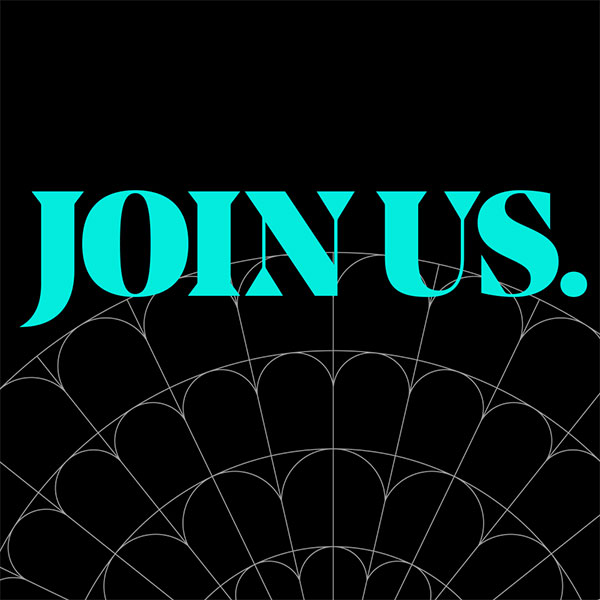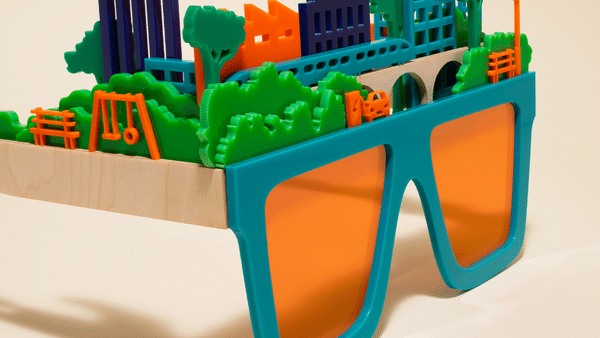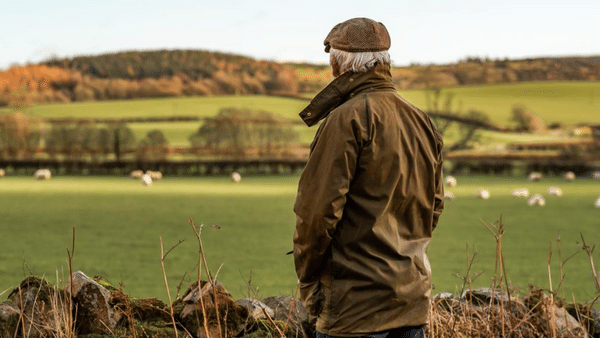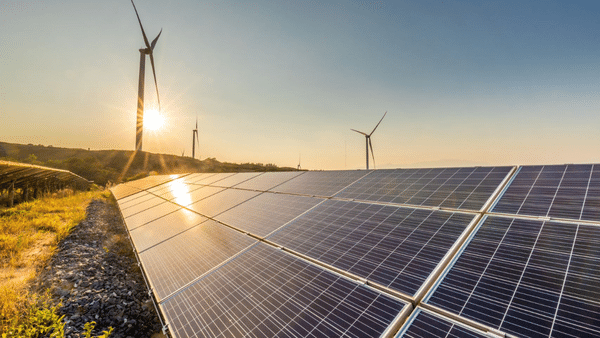Museums curating consultant Henry McGhie asks: how can museums and other cultural institutions support people’s participation in climate action and sustainable development?
Last November, the UK hosted COP26. But what now? Do we wait till COP27, in Sharm El-Sheikh? Do we wait to find out what governments do, or don’t do? How can people, and the institutions that are intended to support them, contribute to the aims of the Paris Agreement?
The RSA is committed to a future that works for everyone, a future where we can all participate in its creation. The futurist John Schaar wrote: “The future is not a result of choices among alternative paths offered by the present, but a place that is created – created first in the mind and will, created next in activity. The future is not some place we are going to, but one we are creating. The paths are not to be found, but made, and the activity of making them changes both the maker and the destination.”
That accords with how I characterised the Curating Tomorrow idea, and also with the RSA’s vision of how we participate in imagining and constructing the future. This intentionality we bring to committing and realising a particular future is intrinsically linked with our own development as people – individually and collectively.
I am interested in how public institutions support people to participate in shaping their own future and our collective futures. Who decides what is acceptable and what is not? How can we provide a scaffolding for our ideas? Human rights are a powerful framework, as a basis for public decision-making that is effective (making differences worth making), transparent (based on internationally agreed standards) and transformative (enacting change). Human rights-based approaches are a project-planning approach connected with human rights, but which involve people and communities in shaping the services and activities that they are provided with.
This is rather different to how public institutions generally work, where decisions are made either by the sector itself, or for them by their funders, and where people and communities are given little or no role beyond consuming the activities they are presented with. Human rights-based approaches are different, and that difference helps to narrow the gap between service provision and public use. They are also strongly connected with sustainable development.
Public institutions such as museums are closely linked to the following well-established human rights, which can be seen as an entry point to connecting with and supporting the realisation of other rights (as rights are connected, and you can’t pick and choose which ones you think are important):
Right to development: the right of everyone, individually and with others, to seek the progressive improvement of their community and to participate in its development.
Right to self-determination: the right of countries to determine their own future, and to make use of their natural resources.
Right to participate in public affairs: to vote and to take part in assemblies and associations to seek and express particular viewpoints.
Right to participate in cultural life, enjoy the arts and share in scientific advancement: to participate in cultural practices, to understand your own culture and that of others, and to contribute to the cultural life of the community; to benefit from scientific advances.
Right to education: to receive education, and for education to be devoted to the full development of the individual.
Right to information: to seek, share and impart information.
Right to access to justice: to seek recourse in the face of breaches of the rule of law.
Right to an adequate standard of living: to be provided with the resources and opportunities to enable other human rights to be enjoyed.
When human rights were originally laid out, in the 1940s, it was before widespread appreciation of the degradation of the environment. Many developments since then have sought to change that relationship, although public institutions, including museums and others, could have done a lot more to enable people to understand and participate here. Key developments were the Stockholm Declaration in 1972 (50 years old this year), Brundtland Report in 1987 and Rio Earth Summit in 1992, which resulted in the Convention on Biological Diversity and the UN Framework on Climate Change (UNFCCC). The 1990s also saw the development of the Aarhus Convention, which establishes three rights relating to the environment that everyone has, or should have: the right to access and be provided with environmental information, the right to participate in environmental decision making, and the right to seek justice when the previous two rights are not fulfilled.
Since the Rio Conventions, governments have agreed on the importance of public education, training, awareness, access to information, public participation and international co-operation to address climate change, as it is specifically included in the UNFCCC. However, governments have not done enough to mainstream this activity, but nor have sectors, who remained largely unaware of the invitation that they were being given. We see this problem over and over again, where governments sign agreements on behalf of society, but there is insufficient awareness or action, and their goals are consequently not met.
The latest initiative for sustainable development – Agenda 2030 and the Sustainable Development Goals (SDGs) – aims to address this. We can’t address problems one at a time, but need all sectors and people working towards common goals, based on ‘active, free and meaningful participation’. These 17 SDGs are often misunderstood, but must be seen as part of the overall agenda: a vision to eliminate poverty, ensure a prosperous life for all, to protect the natural environment, foster peace, and work in a spirit of partnership. If you aren’t familiar with the description of Our World Today and Our Vision in Agenda 2030, I thoroughly recommend you read it, and ask how you can connect with it.
If we are to have, as the RSA sets out, a future that works for everyone, we need the opportunities, language and frameworks that enable everyone to participate in creating it. Agenda 2030 and the SDGs is our best shot, and our best opportunity, to bring our ideas, commitment and skills to realising this vision, for the benefit of all, and with the participation of all. My work is about unlocking the potential of museums and similar institutions to contribute to sustainable development, through the SDGs and other initiatives. What could you do?
Henry McGhie has a background as an ecologist, museum curator and manager. He founded Curating Tomorrow in 2019 to support museums and similar institutions to contribute to sustainable development agendas, including the SDGs, climate action, human rights, biodiversity conservation and Disaster Risk Reduction

Become an RSA Fellow
The RSA Fellowship is a unique global network of changemakers enabling people, places and the planet to flourish. We invite you to be part of this change.
Related articles
-
Prediction Fiction
Comment
Madeline Ashby
A futurist-novelist explains how strategic forecasting helps build better tomorrows by facing the truths of today
-
A just transition: visions and takeaways of participatory futures in Scotland
Blog
Fabian Wallace-Stephens
A blog on the rural and post-industrial perspectives on the just transition in Scotland highlighting some of the key takeaways which, if implemented, will help achieve this vision.
-
Rural and post-industrial perspectives on the just transition
Report
Fabian Wallace-Stephens Emma Morgante Veronica Mrvcic
This report explores how changes to the energy system could impact specific Scottish regions and bring together citizens to collectively imagine better futures.




Be the first to write a comment
Comments
Please login to post a comment or reply
Don't have an account? Click here to register.